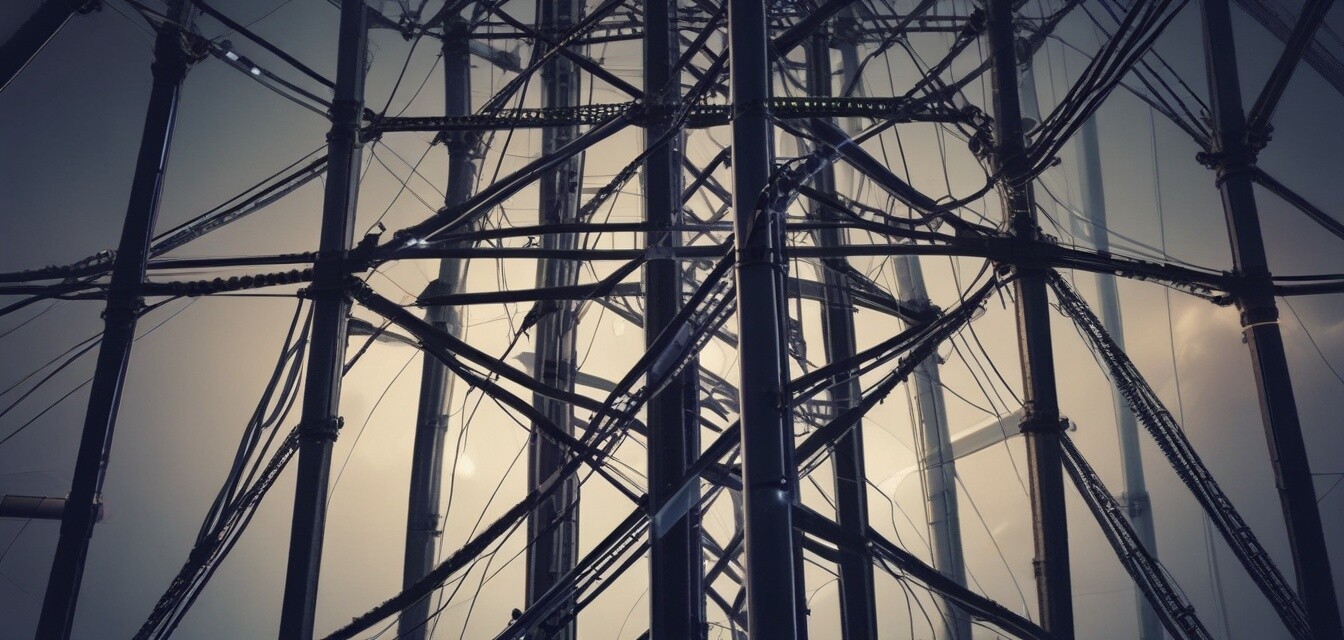
The Impact of 5G on DSL and Cable Services
Key Takeaways
- 5G technology promises faster speeds and lower latency compared to traditional DSL and cable services.
- The rollout of 5G may challenge existing broadband providers to enhance their services.
- Understanding the differences between DSL, cable, and 5G can help consumers make informed choices.
- Potential cost implications for consumers as new technologies become widely adopted.
- Staying updated on industry trends can provide insights into future service options.
The advent of 5G technology is reshaping the telecommunications landscape, introducing a new era of speed and connectivity. This rollout presents an interesting scenario for traditional broadband services, specifically DSL and cable. In this article, we’ll explore how 5G impacts these existing services and what that means for consumers moving forward.
Understanding 5G Technology
5G, or fifth-generation mobile network technology, delivers significantly faster internet speeds, reduced latency, and improved overall performance. It utilizes a mix of existing spectrum and new radio technologies to achieve these advancements. As a result, 5G can deliver mobile broadband speeds that rival and even surpass those of traditional wired connections like DSL and cable.
Key Features of 5G
- Faster Speeds: 5G can offer download speeds exceeding 1 Gbps.
- Lower Latency: Latency can dip below 10ms, compared to DSL and cable.
- Increased Capacity: The technology can support a greater number of devices in densely populated areas.
Current Landscape of DSL and Cable Services
DSL (Digital Subscriber Line) and cable internet have been the mainstays of home internet services for decades. While both offer stable internet connections, their performance can vary based on several factors, including distance from the service provider’s hub and network congestion.
Comparison of DSL and Cable Services
| Feature | DSL | Cable |
|---|---|---|
| Typical Speed | 1-100 Mbps | 10-1000 Mbps |
| Latency | 30-50 ms | 10-30 ms |
| Availability | Rural Areas | Urban Areas |
| Price Range | Moderate | Higher |
The Challenge for Traditional Services
As 5G technology continues to roll out, traditional providers may face increasing pressure to improve their offerings. Here are some potential impacts on DSL and cable services:
- Increased Competition: With the rapid growth of 5G, ISPs (Internet Service Providers) may need to enhance broadband speeds, reduce pricing, or offer more attractive packages to retain customers.
- Innovation in Technology: To compete effectively, traditional providers might invest in upgrading their infrastructure, potentially leading to better services.
- Potential Market Migration: Consumers may start migrating from DSL and cable to 5G, especially those seeking higher speeds or improved connectivity for smart home devices.
Consumer Implications
For consumers, the emergence of 5G can be both a challenge and an opportunity. Here are a few things to consider:
Pros
- Access to faster and more reliable internet speeds.
- A wider range of service options as providers compete.
- Potentially lower prices as the market evolves.
Cons
- Possible initial costs for switching providers or installing new hardware.
- Limited availability in certain rural areas compared to DSL and cable.
- Uncertainty around performance consistency in diverse geographical locations.
Future Outlook
The ongoing rollout of 5G technology poses exciting possibilities but also significant challenges for traditional broadband services like DSL and cable. As the industry adapts, consumers must stay informed about their internet options.
For more insights on different internet service providers, check out our ISP Reviews and Comparisons page. Additionally, understanding the nuances of data plans and pricing can help consumers make better choices in this evolving landscape.
Tips for Consumers
- Research different providers and their offerings to find the best fit.
- Stay updated on promotions from ISPs as competition increases.
- Evaluate your current broadband needs to assess whether a switch to 5G makes sense for you.
Conclusion
The impact of 5G on DSL and cable services is profound, heralding a new era of connectivity and offering opportunities for improvement and innovation. Understanding these changes can empower consumers to make informed decisions as they navigate their internet service options.
Stay updated with the latest news in the broadband industry by regularly visiting our News and Trends section. This way, you’ll be well-equipped to adapt to the ever-changing internet landscape.
